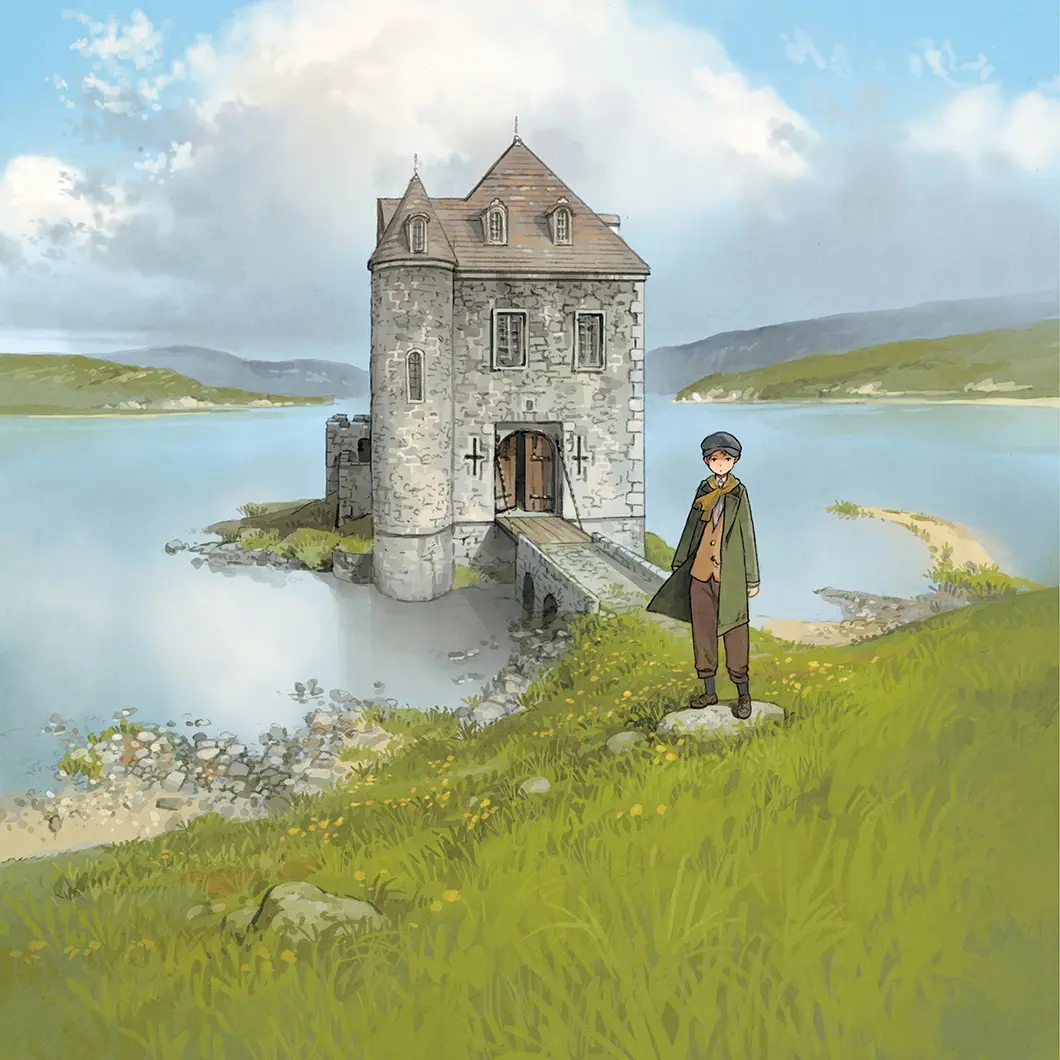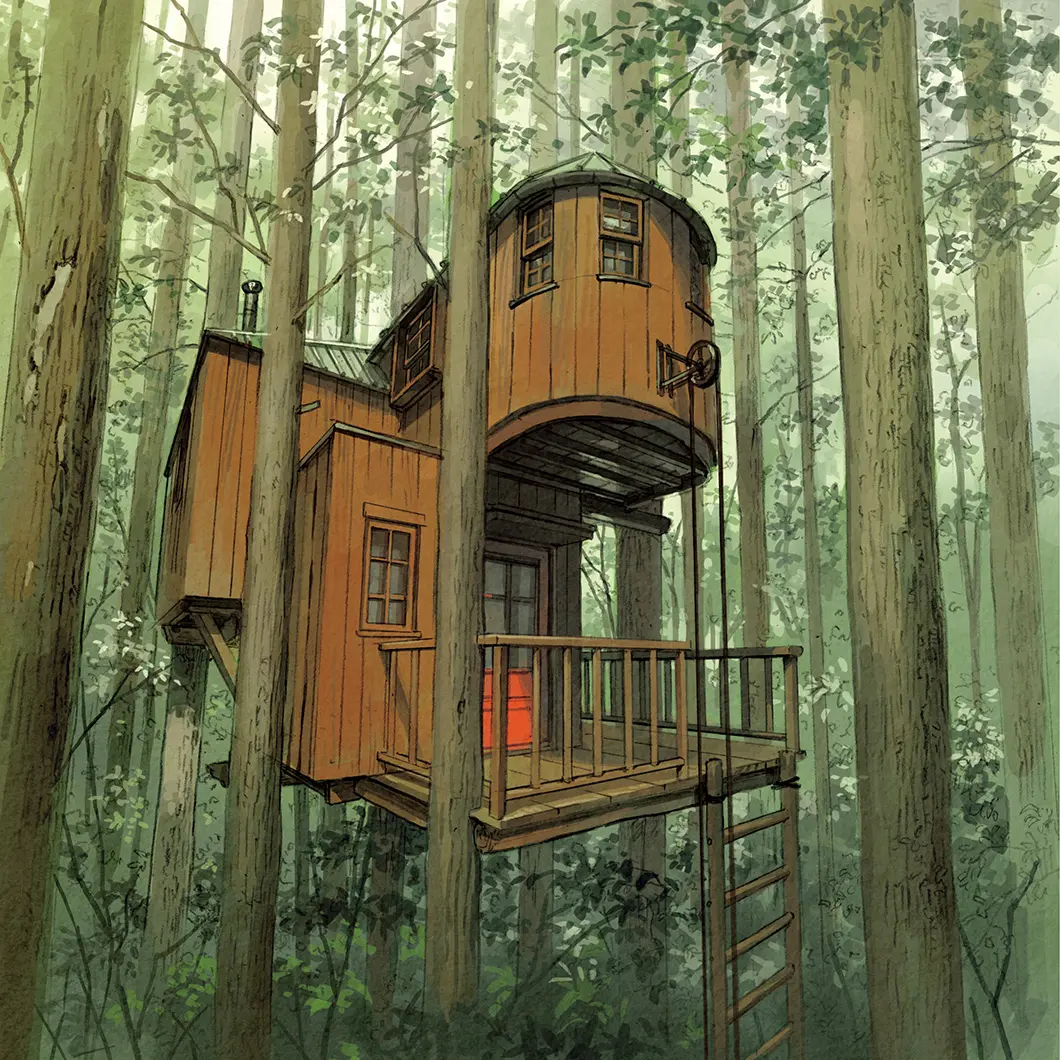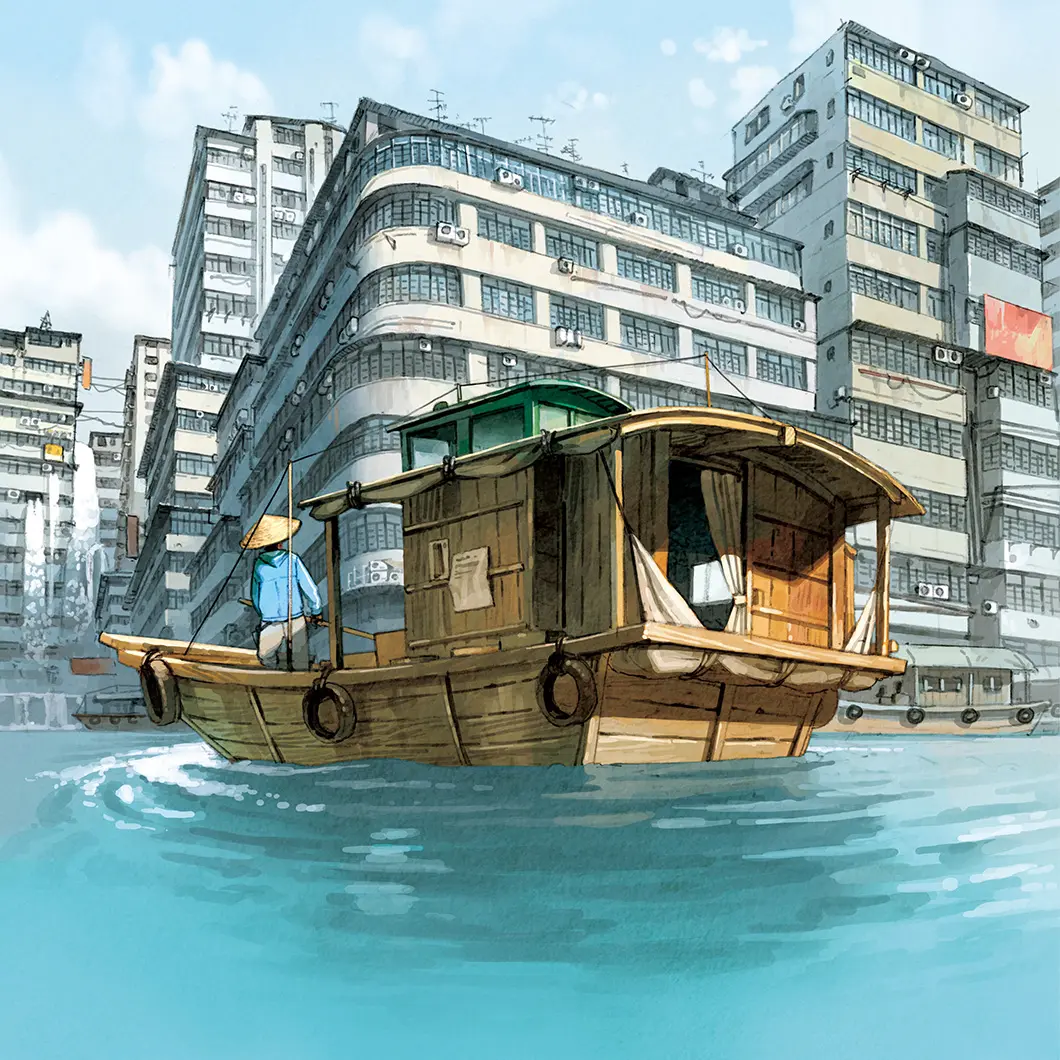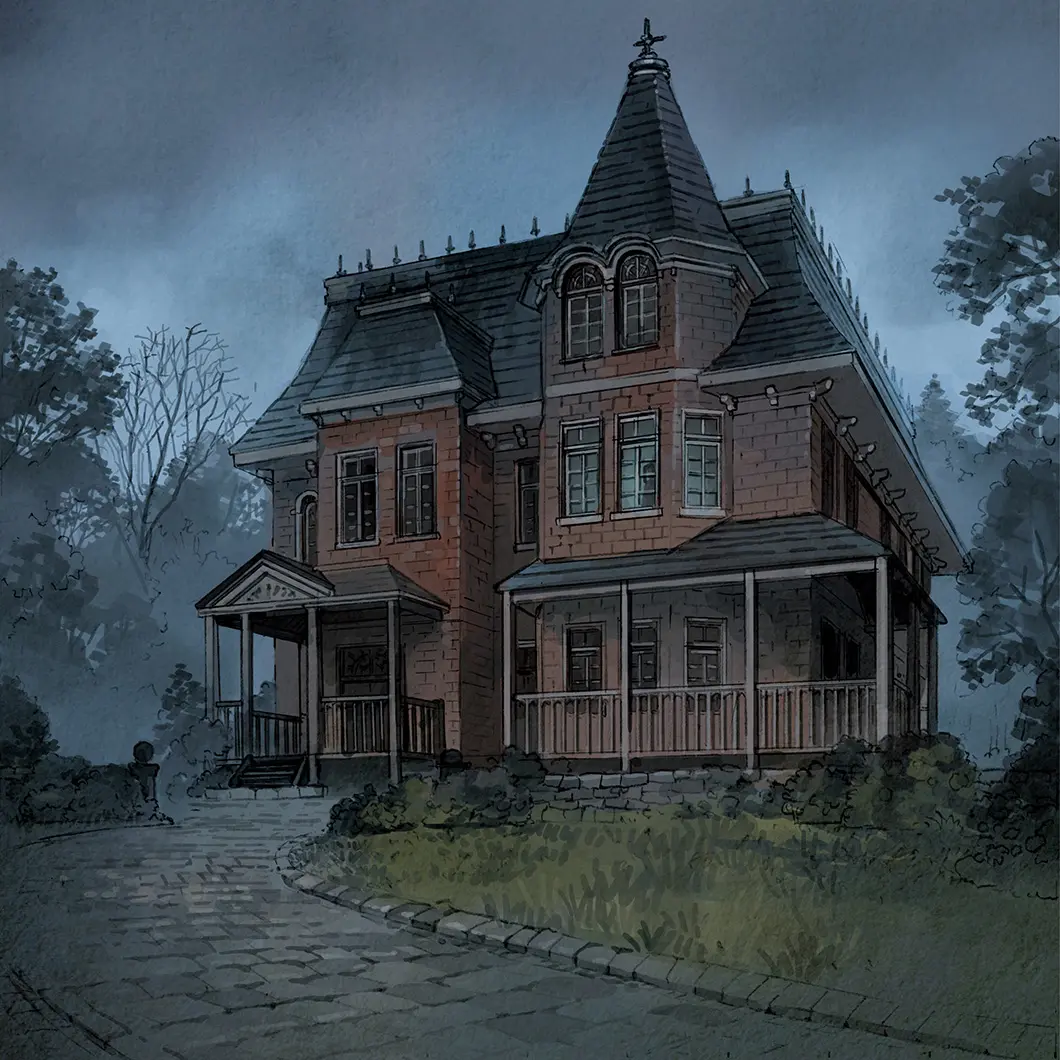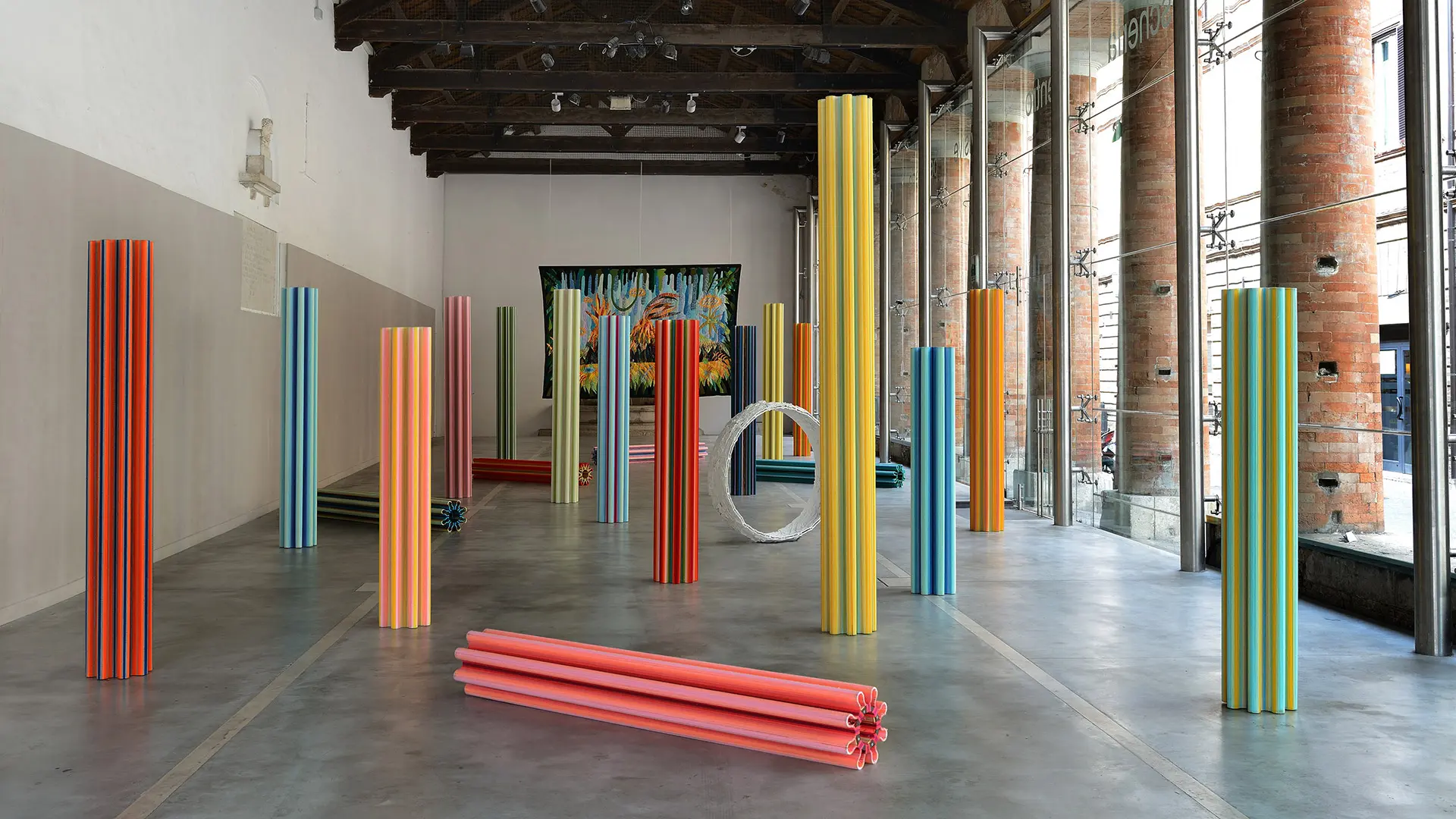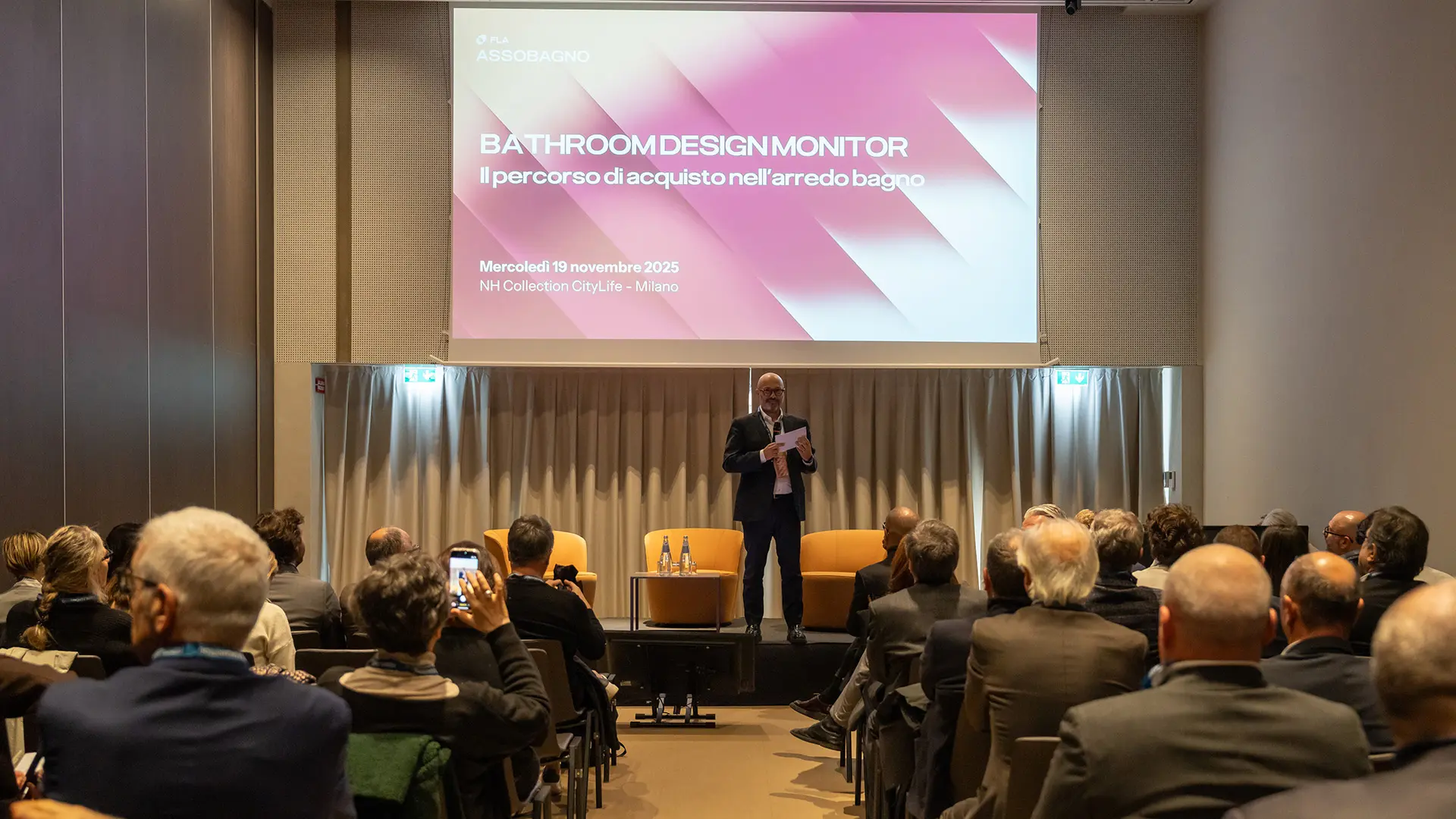They are all Italian and all in some way draw on the theme of memory. This is true even when they deal with current sporting events associated with the imminent inauguration of the Winter Olympics. There are ten of them and for the most part they are held in the most reserved cultural circuits, outside the mainstream. It’s even better when they’re out of town, bringing historic residences to life with gleams and flashes of good design
Seiji Yoshida’s Houses with a Story: a journey through imagination and reality

credits: © 2020 YOSHIDA Seiji / PIE International
A Tokyo illustrator and graphic designer throws open the doors of his realm of fantastic architecture to unusual stories, around which the reader weaves their their own fantastic tales.
We’re suddenly transported back to our childhood dreams and images as we leaf through the more than 120 pages of this unusual book, recommended first and foremost for readers between the age of 8 and 12, but which, like many other books (such as Le Petit Prince), also makes interesting reading for grown-ups. In his introduction the author, Seiji Yoshida, also an illustrator and graphic designer of video games and apps, for which he devises background scenarios, says: “There are innumerable stories in which wonderful buildings appear, from illustrated books for toddlers to novels. I’ve read books like The Adventures of Huckleberry Finn, Heidi and Momo several times over, paying great attention to every sentence, pausing over each illustration, even the tiniest, and imagining every detail, like in a dream.”
Since then, this sort of architectural bestiary has been taking shape in his visionary mind, culminating in the 33 particular houses in this catalogue of illustrations. That they are unusual is suggested by the title, Houses with a Story. They are drivers of excitement and fantasy, enclosed spaces that hold the key to those of the imagination. Both at first glance and then while reading. Who would have thought, for example, that there could be a hidden comfy space inside a sombre, grey locomotive, inhabited by two sisters who “usually use luxury tableware.” All these houses have their own stories and their own depiction.
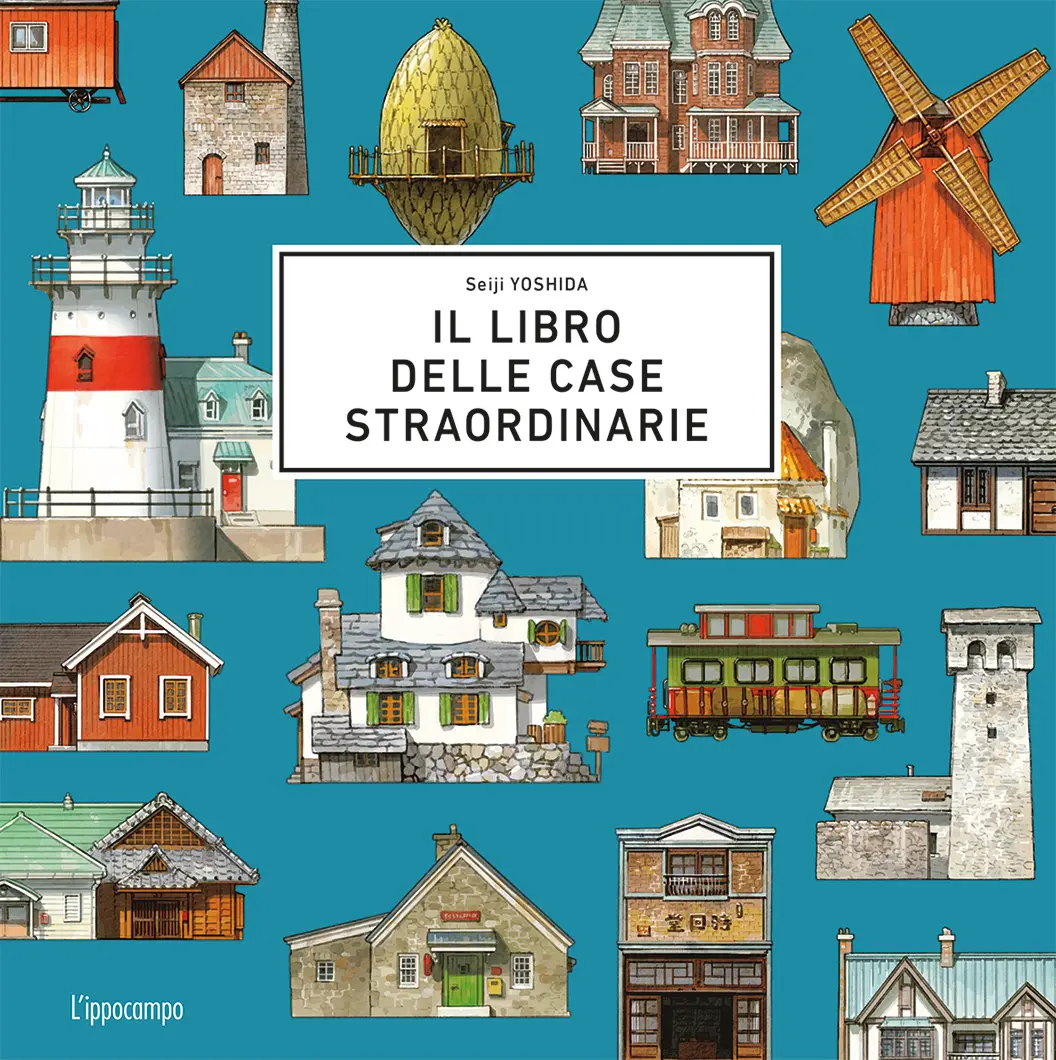
credits: © 2020 YOSHIDA Seiji / PIE International
Seiji Yoshida doesn’t just start describing the lives that inhabit his houses – from the taciturn mechanic to the shy demon, the young inventor to the dragon tamer, leaving the reader to play out each story with their own imagination – every house is personalised with huge calligraphic precision. Like a real architect, he draws the plan, exacting and with hand-written annotations in the margin, and the cross-section, whether it be a floating home, a windmill or a clinic in a forest. The axonometries are accompanied by comments on the history of the building, descriptions and functions of some of the objects and explanations about what the rooms are used for. Yoshida’s cultural background is plain for all to see. He’s also a visiting professor at Kyoto University of the Arts and teaches at Kyoto Seika University. The book also contains a group of pages dedicated to the creation and explanation of the drawings, with historical and temporal references. Thus there’s the 13th century English tower, the contemporary American cottage, the 19th century Welsh castle, the 18th century French watermill and the nagaya row houses typical of the Edo period. Yoshida’s passion for architecture has even led him to create the home of the seven dwarves, as in Snow White, a simple architectural model that gives a better idea of the real building than even the drawings. “I would recommend it to anyone who loves manual work” he says, “the entrance has been raised and the workshop serves as a canopy, so that the door can be opened and closed with ease, even when it snows.”
In his capacity as an illustrator, Yoshida exercises his full creativity and imagination to fill the page – always the left-hand one – with the drawings of his imaginary houses. They may be close-ups, like the multi-storey bookshop, in which the entrance door giving onto the track leading to the sea is evidenced. Or perfect bucolic post cards, from the castle of the forgotten orphan to the small building where the eccentric botanist lives, covered with plants, inside and out, in a contemporary nod to biophilia.
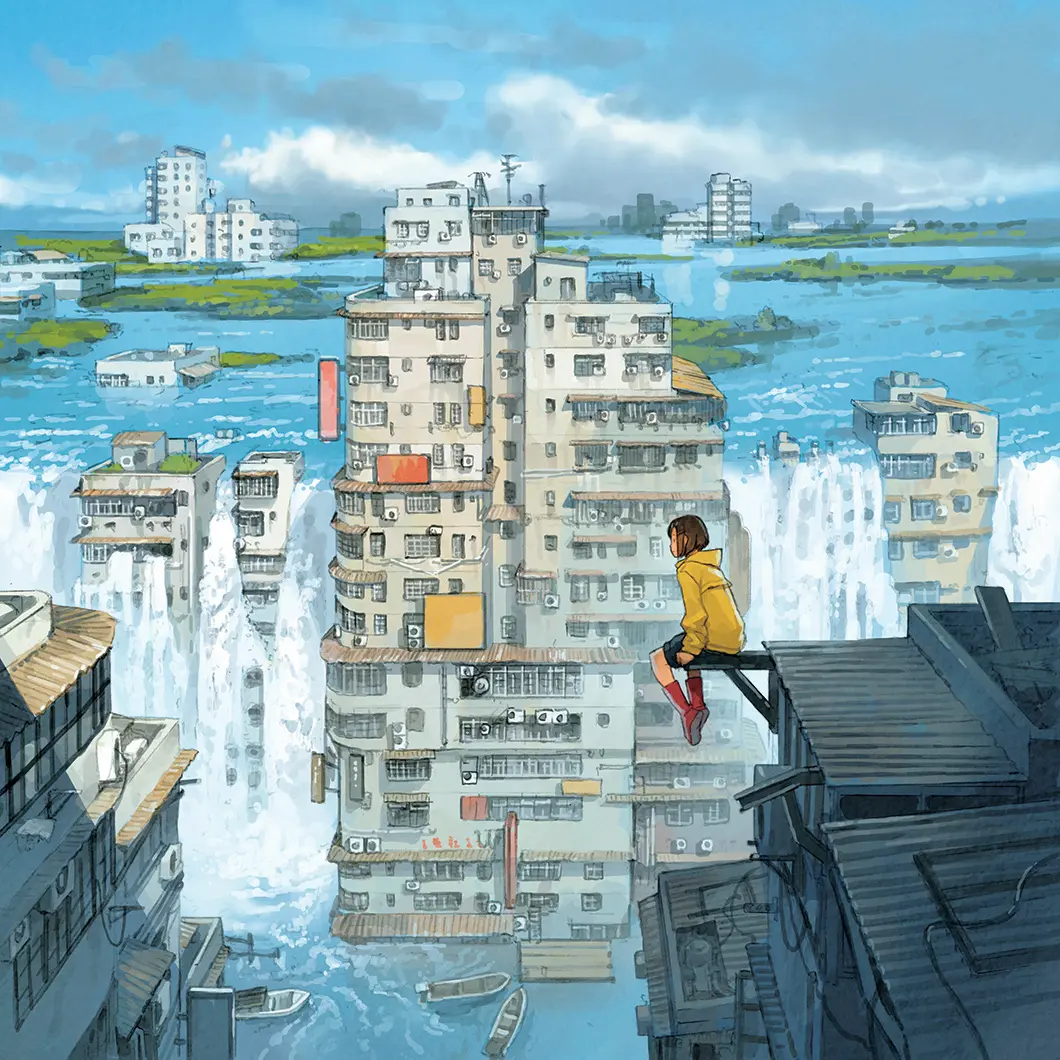
credits: © 2020 YOSHIDA Seiji / PIE International
The book also lays claim to a (well-deserved) educational purpose, illustrating the different types of one of the fundamental architectural components, the roof – pitched, gabled, mansard – and teaching younger readers about the history of the lavatory, “an often-forgotten element when designing a building,” Yoshida writes. “Japan is in the vanguard when it comes to the cleanliness of toilet facilities,” he points out proudly.
Yoshida is not just extremely generous when it comes to the richness of his watercolours, the same is also true of his unveiling of artistic secrets. “Designs that are too detailed leave little room for the imagination. That’s why I only colour my characters in roughly, in just a few layers, just as I don’t entirely finish off the interiors or the furniture either.” In the last chapter, Making, he takes as an example the miner’s engine room, explaining that the first step is to think about the type of construction. “I wanted to create a narrative through the illustrations, I try to imagine a building that’s not just aesthetically pleasing, but which also communicates something of its origin and the history behind it.” He then talks about sketches, working up mock-ups, colours, correcting shades and textures. Lastly, from colouring the views of interiors he moves onto the exterior ones, suggesting how best to render the earth, clouds, sea, pebbles and beaches. A small, great lesson.
The final illustration of an interior is that of his studio, simple and modern, giving readers an opportunity to imagine how he spends his days at work. Not too much leeway, though – on the plan, the arrow indicating the entrance is accompanied by a message “the entrance door is lockable.” A kind way of keeping intruders out of his imaginary world. Sometimes, we dream alone.
Title: Houses with a Story
Illustrations and text: Seiji Yoshida
Published by: L’ippocampo
Published: 2021
Pages: 128


 Stories
Stories
